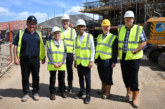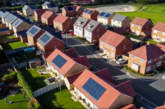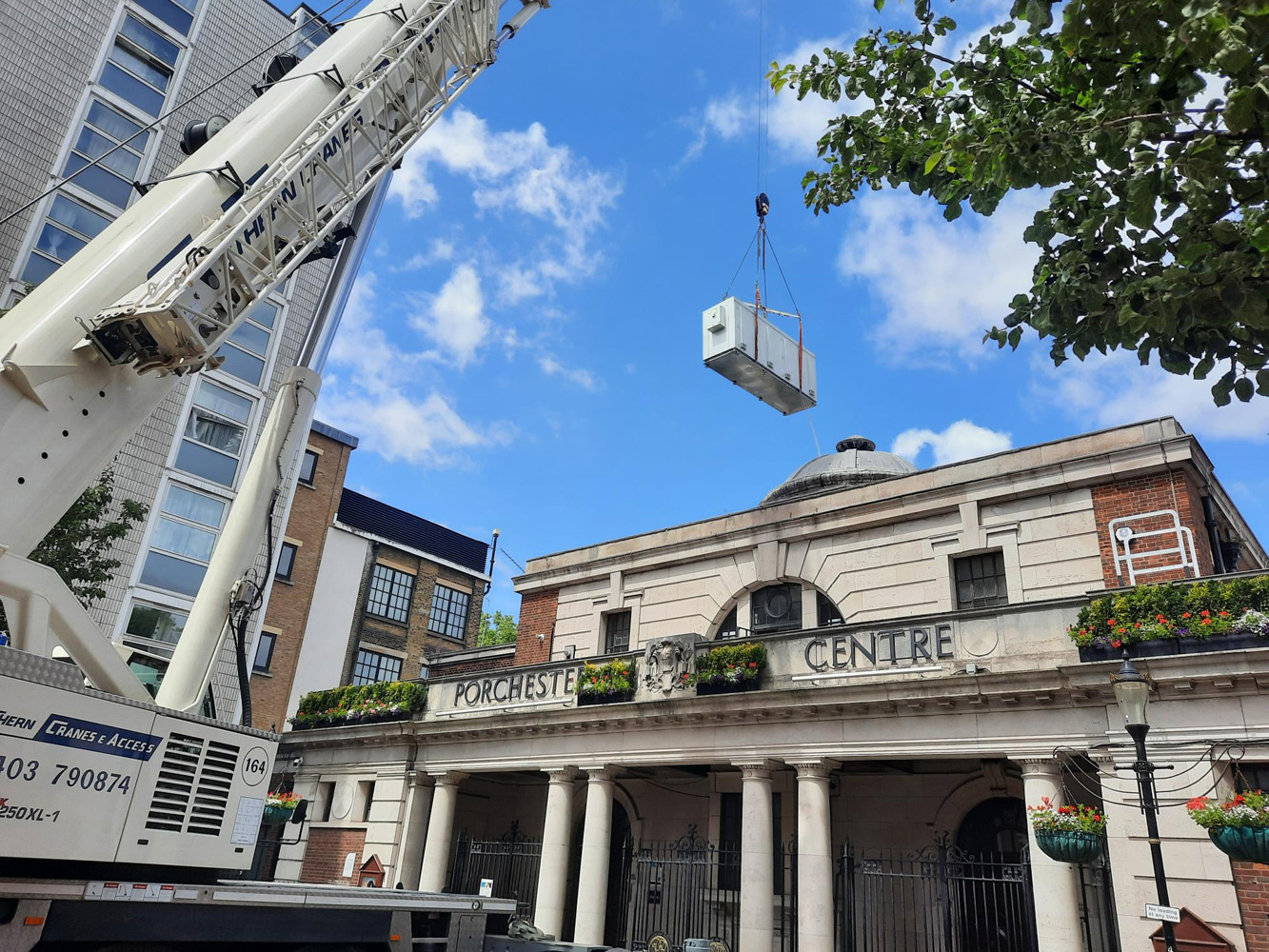
Vital Energi talks to LABM about its partnership with Westminster City Council to decarbonise the council’s public estate, and says, as a result of nine months of intensive energy works, the project is now saving a guaranteed 1,600 tonnes of carbon per year.
Westminster City Council has declared a climate emergency and has set a target of achieving net zero for the city of Westminster by 2040, but with some of the highest emissions and worst air quality in the UK, the challenge facing them is steeper than most.
A core part of Westminster City Council (WCC) achieving the net zero goals is to lower the emissions from their own estate. At the time of the climate emergency declaration, council-owned buildings accounted for 9,376 tonnes of carbon per year. It was clear that to meet these targets the council would need to revolutionise the way they generate and consume heat and electricity.
Westminster City Council initially envisioned a £1m project with delivery partners Vital Energi. This scheme would see assessment of 20 buildings and identify the best ways to reduce carbon. After the council received £13m of Public Sector Decarbonisation Scheme (PSDS) funding, the scope of the RE:FIT framework project expanded massively, but crucially, the deadline for completion stayed the same due to funding conditions.
Scott Lutton, Operations Director for Vital Energi explained: “It was a clear case of quadrupling the workload, whilst needing to meet the same funding milestones, but the upside was that we were sure we could get 1,600 tonnes of carbon reduction per year for WCC, which would be a great contribution to their overall plan. We needed a more fluid client/contractor relationship with a much quicker decision-making process and the council were fantastic in responding to this challenge.”
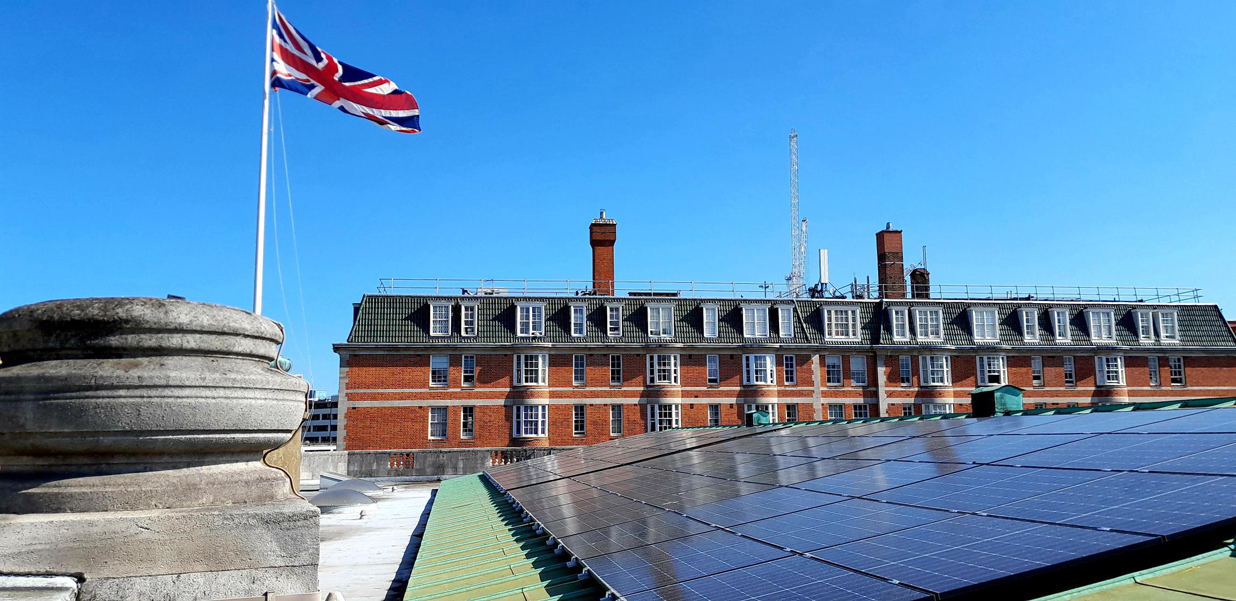
RE:FIT framework
The award-winning project was delivered through the RE:FIT framework, which involves two key stages. The first is that contractors produce high-level appraisals, which the client assesses and then determines those to progress. Once the client has chosen their partner, the contractor then produces an investment grade proposal, which costs the project, maximises the carbon reductions and, crucially, underpins it with an energy performance contract which guarantees minimum carbon and financial savings.
To achieve this, Vital Energi worked closely with the council to perform in-depth energy audits on 70 of their premises, which ranged from libraries and offices through to schools and leisure centres. They analysed the council’s historical energy usage and assessed every single energy asset to see which improvements would yield the best carbon savings. All of this information was then fed into the overall energy model and presented to the client in a report for their consideration.
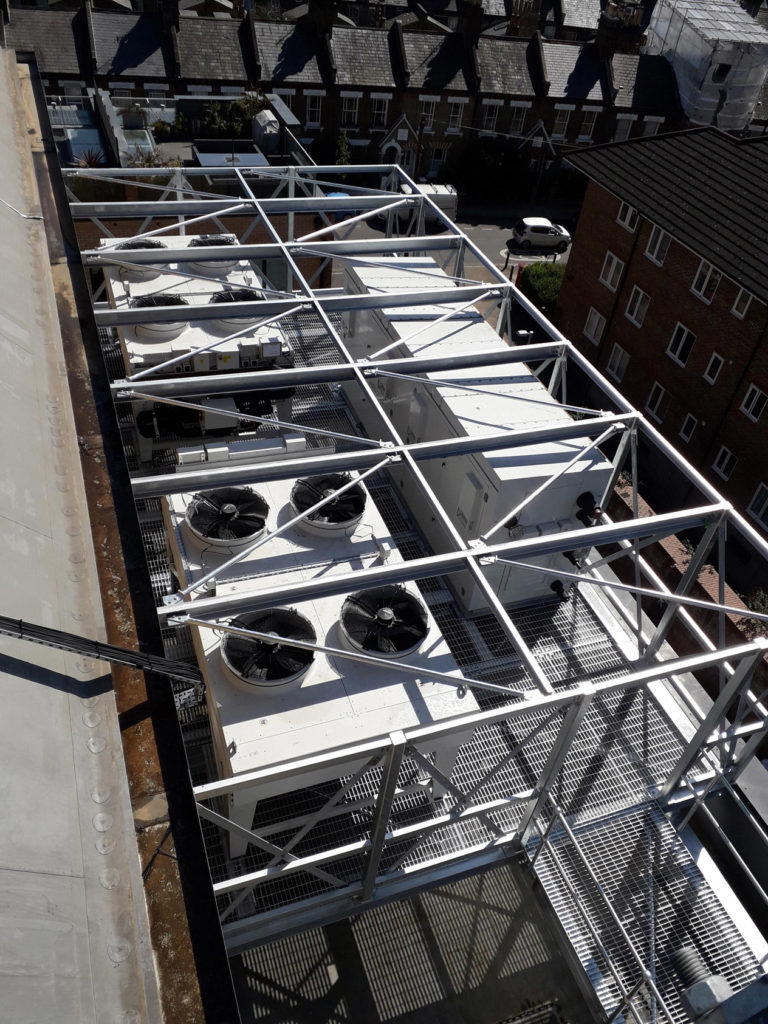
Scott continued: “PSDS funding comes with a condition that carbon reductions are delivered at less than £500 per tonne, which creates a need for balance. On this project, for example, 78% of reduction is delivered from heat pumps, but with some of these installations costing over £1m they don’t meet the cost per tonne criteria. We therefore had to blend them with other ECMs such as solar, lighting upgrades and insulation to bring the overall cost down to £472 per tonne of carbon, making the project viable.”
Claire Barrett, Director of Property and Strategic Asset Management at WCC set up a project board with delegated authority to make decisions, which meant the project could move swiftly in a matter of days rather than weeks. The benefits of this approach enabled an accelerated design and delivery programme, with the first energy conservation measures (ECMs) being approved just seven weeks after the contract award. The majority of works were completed between July 2021 and March 2022, with an agreed extension to accommodate the design, procurement and structural and electrical improvements necessary for the heat pumps.
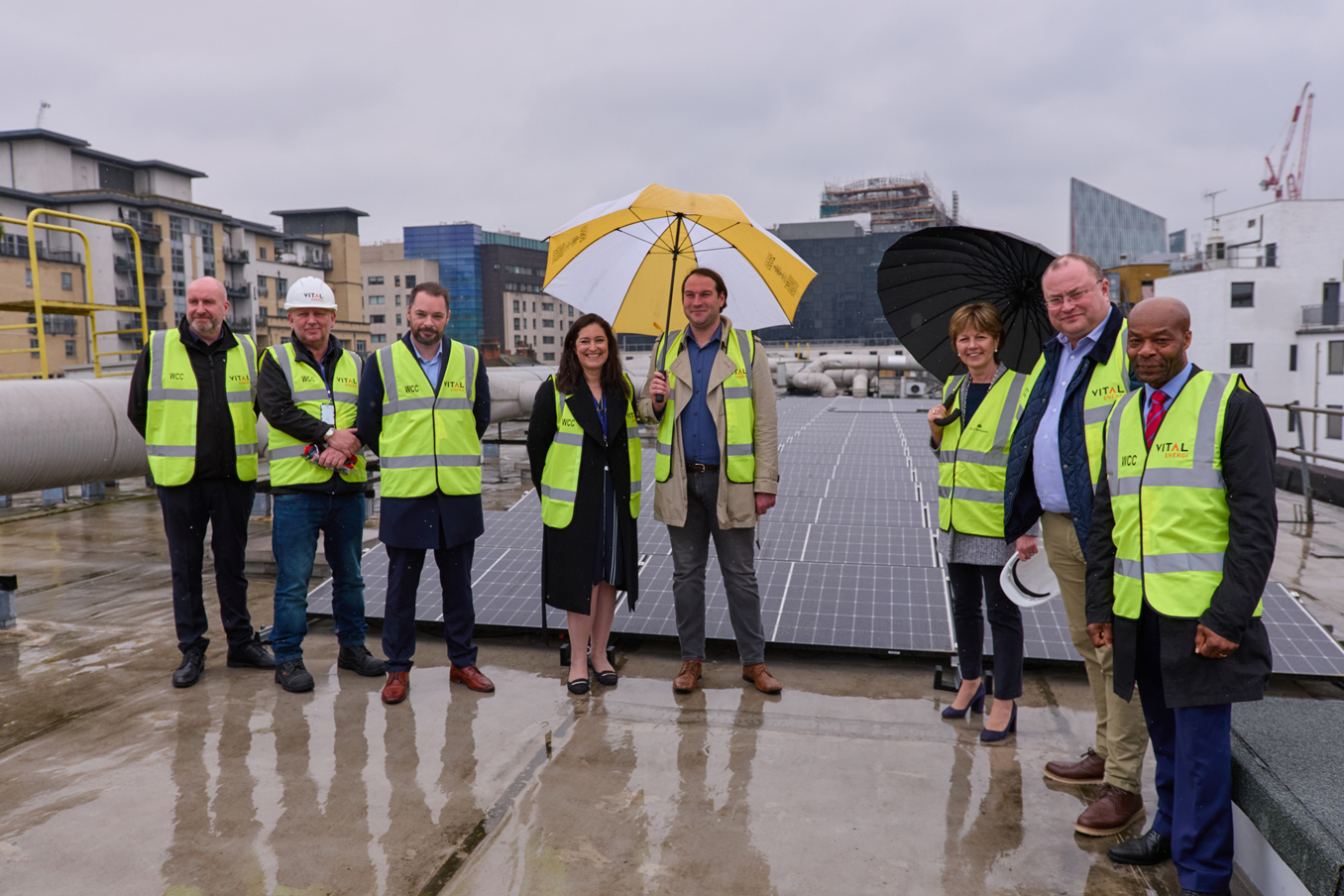
Delivery strategy
Once the investment grade proposal was completed and agreed, it was essential to create a delivery strategy, which would allow continuous progress. This saw a focus on “quick wins” such as lighting, HVAC and insulation and, whilst these works were being undertaken, the council would work to progress the larger projects, such as rooftop solar and heat pumps so the project could continue uninterrupted.
To put the scale of the project into context, 61 of the 70 buildings surveyed were chosen for upgrades and overall, 135 separate projects were carried out including over 11,200 lighting upgrades, 1,649 solar panels across 12 buildings and 1.2MW of heat pumps installed. Complicating matters, most of the work was done in live, occupied buildings.
In addition to upgrades and renewable energy generation, it was important to make sure the buildings operated intelligently. Simple things like automatic lighting sensors and programming heating and air handling around occupation times significantly reduced energy usage with the system running regular checks on each asset, informing engineers if there are any problems.
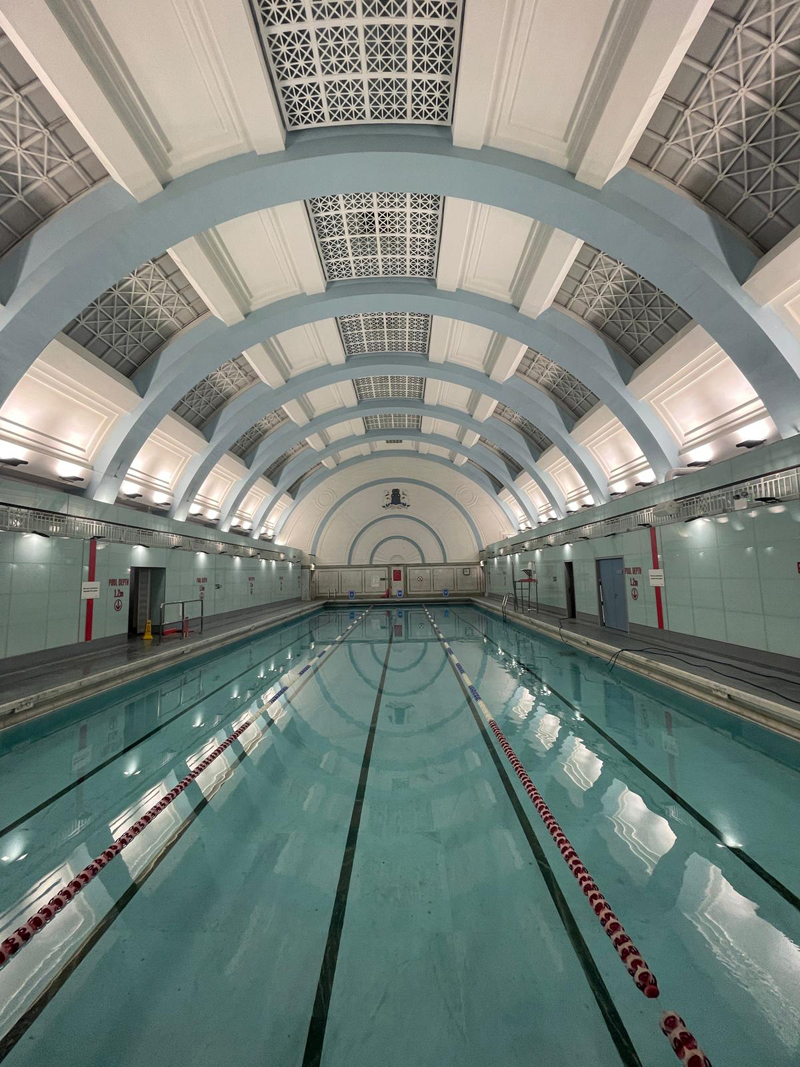
Carbon reduction
The result of nine months of intensive energy works is that the project is now saving a guaranteed 1,600 tonnes of carbon per year, which accounts for approximately 20% reduction from their estate when compared with pre-project levels.
Claire Barrett, Director of Property and Strategic Asset Management at WCC commented: “Our net zero target of 2030 is rapidly approaching, and we need to drive meaningful change. The ability to deliver impactful, carbon reduction swiftly is essential, and local authorities need to create more dynamic systems of governance to be able to fully take advantage of funding opportunities such as PSDS. By getting the right partner and complimenting each other’s strengths I feel we have achieved the ideal outcome for any partnership.”
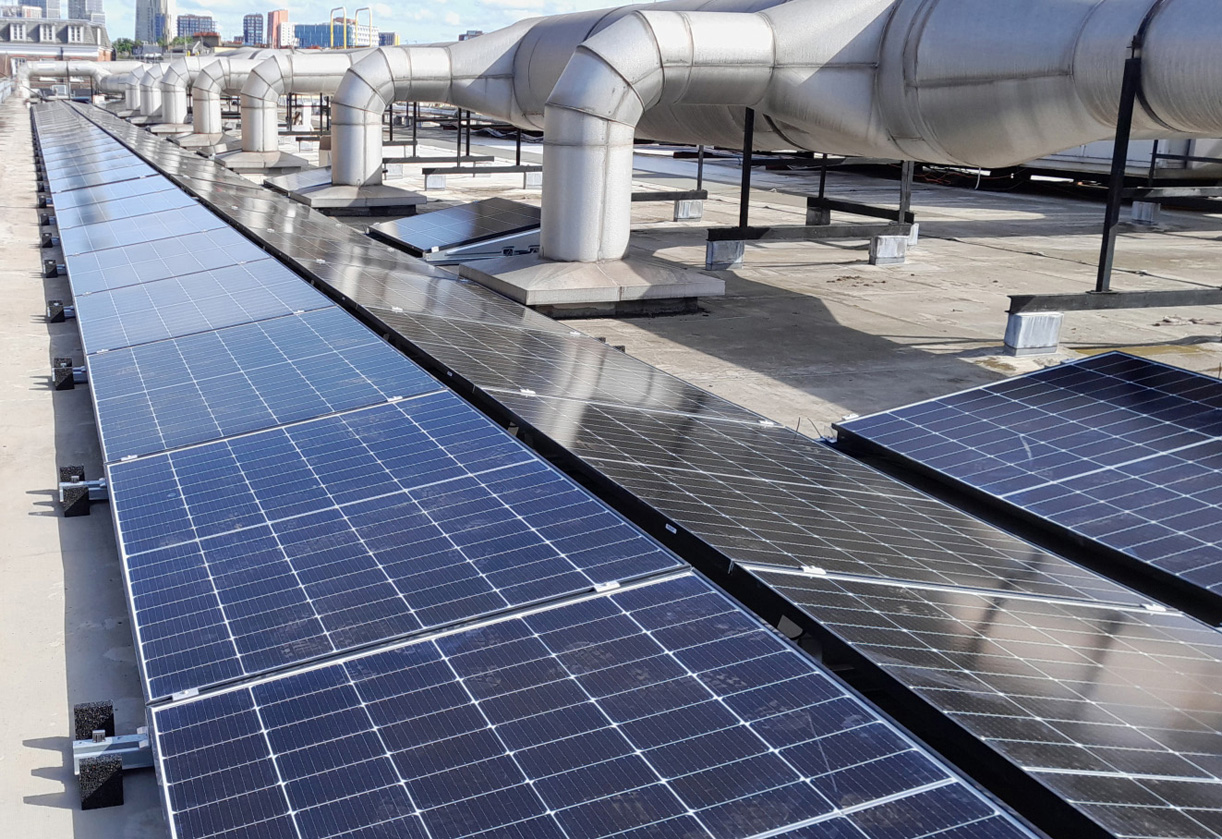
Key Project Facts
Solar PV — Over 1,600 solar PV panels were installed across 12 buildings with the largest seeing 378 panels installed on to roof of Moberly Sports Centre. These installations account for 40 tonnes of carbon reduction per year. Insulation and Draft Proofing — Upgrades were delivered at 36 buildings and resulted in over 155 tonnes of carbon savings per year.
Lighting Upgrades — We identified over 11,200 opportunities to upgrade lighting across 50 of the council’s buildings.
Fan Upgrades — Only two of the council’s premises were suitable for fan replacements, but the upgrades still yield 11.6 tonnes of CO2 reduction annum.
Heat Pumps — These account for 78% of all carbon savings on the project. Installed across 10 buildings, the heat pumps account for over 1,200 tonnes of carbon reduction.
Building Energy Management Systems — We upgraded the controls at 20 council-owned buildings, which accounts for almost 100 tonnes of CO2 reduction.
Header image shows air source heat pumps being installed at Porchester Leisure Centre.






